LET US AS FATHERS, BE WORTHY OF OUR SONS AND DAUGHTERS
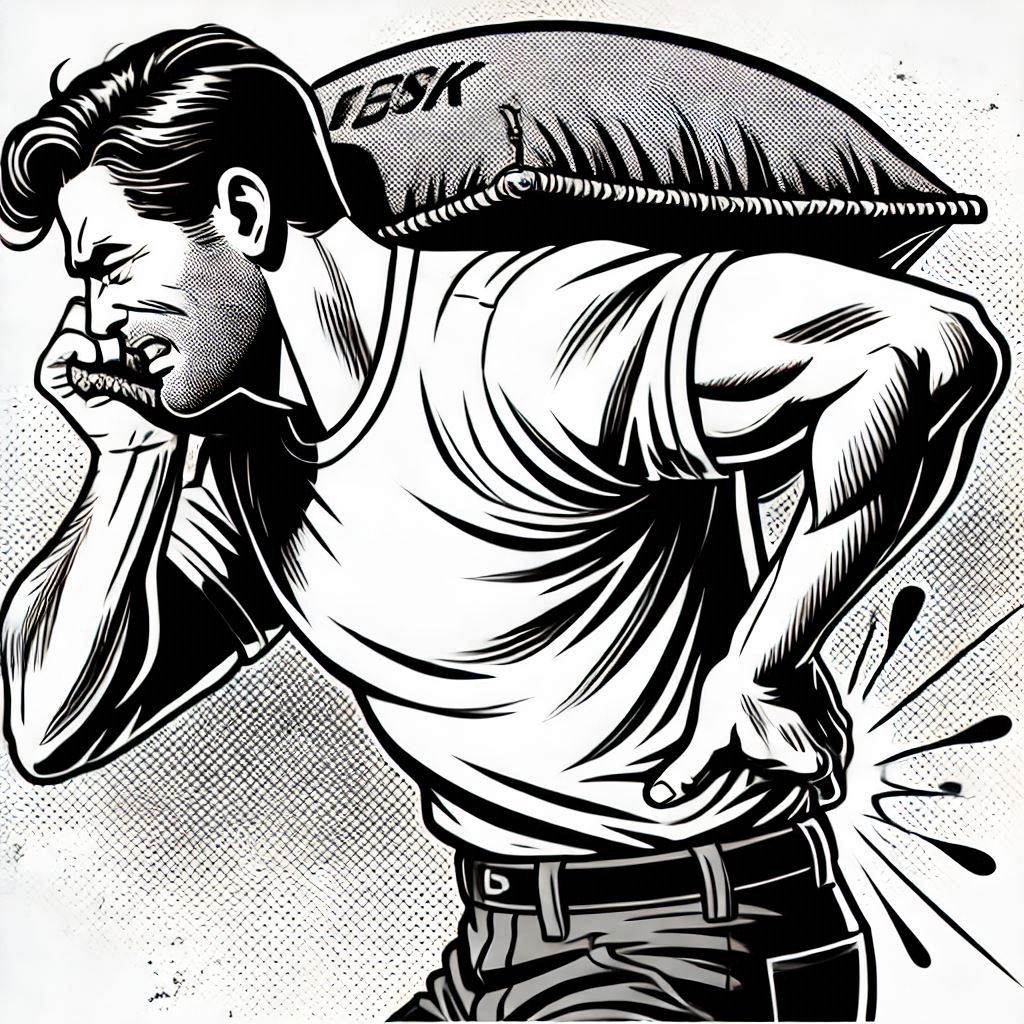
Living with Pain – The Dark Years
DISCLAIMER: This article is based on personal experience and is not intended as medical advice. It is not a substitute for professional medical guidance, diagnosis, or treatment. Always consult with a qualified doctor, surgeon, or health practitioner regarding your specific condition or concerns
Chronic pain is a thief. It doesn’t just steal your ability to move freely or perform simple tasks—it takes your peace, your patience, and sometimes even your hope. For six long years after my back injury, I lived in a constant state of agony. It was a relentless, all-consuming pain that dictated every aspect of my life. But the worst part wasn’t the physical discomfort—it was the invisible toll it took on my mind, my relationships, and my sense of self.
After that fateful day when I felt the red-hot poker of pain shoot through my lower back, I entered a new reality. My life became a cycle of sharp flare-ups and dull, grinding aches that never truly went away. Sitting for more than 20 minutes? Impossible. Standing? Just as bad. Lying down? Only slightly better, but even sleep became elusive. Every position came with its own brand of torment. I felt trapped in my own body, unable to escape the constant reminders of what I had lost.
The impact on my mental health was profound, though I didn’t recognize it at first. Like many men, I tried to tough it out. I told myself to push through the pain and keep going—for my wife, for my family, for myself. “No Pain no Gain” that was my motto. But chronic pain has a way of wearing you down over time. It’s not just the physical limitations; it’s the frustration of feeling like you’re no longer in control of your own life.
I became irritable and short-tempered, snapping at the people closest to me without meaning to. My wife bore the brunt of it, and our marriage suffered as a result. How could it not? She was trying to build a life with someone who couldn’t sit through a drive to go on a holiday (which we never really took at all due to me) or drive to look at houses when we were trying to buy our first home. Instead, she went house-hunting with my mother while I stayed behind, unable to make the trip. When she found one she liked, I called the real estate agent from my bed and agreed to buy it sight unseen.
Moments like these filled me with guilt and helplessness—two emotions that chronic pain amplifies tenfold. I wanted to be a good husband, but how could I when I couldn’t even go for a drive with my wife?
What made it worse was how invisible the pain was to everyone else. It’s not like a broken arm that is in a cast, or stitches that you can see. On the outside, I still looked strong and fit because I refused to let myself fall apart completely. People would look at me and see someone who seemed fine—a young man who should have been able to handle anything life threw at him. But inside, I was crumbling under the weight of something they couldn’t see.
Doctors didn’t understand either. Time after time, they dismissed my complaints because I didn’t “look” like someone in pain. “You’re young,” they’d say. “You’re strong—just do some swimming or gentle exercises.” They couldn’t see past the surface to understand what was really happening beneath it all: ruptured discs that had lost their fluid and were grinding against each other with every movement I made.
The frustration of being dismissed by medical professionals added another layer to my suffering. It felt like no one believed me—not even the people who were supposed to help me. And so, like many men in similar situations, I bottled it up and tried to carry on as best as I could.
But bottling things up only works for so long before they start spilling over into other areas of your life. The constant pain made me angry—angry at myself for getting injured in the first place; angry at the doctors who couldn’t fix me; angry at the world for moving on while I felt stuck in place.
I didn’t realize it at the time, but what I was experiencing wasn’t just physical pain—it was emotional and psychological too. Studies have shown that chronic back pain is closely linked to mental health issues like depression and anxiety. When you’re living with constant discomfort, your brain starts rewiring itself in ways that intensify both the physical sensations and the emotional distress. It becomes a vicious cycle: pain feeds anxiety; anxiety feeds pain.
There were dark moments during those six years when I questioned whether life would ever get better—or if this was just how things were going to be from now on. At times, those thoughts veered into dangerous territory as hopelessness crept in. To this day it is not really anything I have ever spoken about to anyone.
But even in those darkest moments, there were glimmers of light—small sparks that kept me going when everything else felt bleak. One of those sparks came from an unexpected source: weight training.
It was my mother who first suggested it—and paid for sessions with a personal trainer—to help me learn to lift weights safely and effectively when I was younger. Prior to the injury I had been training fairly consistently and was quite strong in the basic lifts such as squat, military press and deadlift. After the injury at first, I continued trying to train just because it was basically an ingrained habit. But I thought how could lifting weights possibly help when even sitting hurt so much? But something strange happened during those sessions: for an hour or so while training, the pain faded into the background.
It didn’t disappear completely—it never did—but it became manageable in a way that felt almost miraculous compared to what I endured every other hour of the day. Training became more than just physical therapy; it became mental therapy too—a way for me to reclaim some sense of control over my body and my life.
Looking back now, those years were some of the hardest of my life—but they also taught me lessons that shaped who I am today. Chronic pain may have taken a lot from me during those dark years, but it didn’t take everything – in fact it forged me into someone with a hell of alot of resilience.
If you’re reading this because you’re living with chronic back pain yourself—or supporting someone who is—I want you to know this: there is hope. It may not feel like it right now; trust me, I’ve been there. But there is light at the end of this tunnel—even if you can’t see it yet.
In sharing this part of my story, my goal isn’t just to recount what happened—it’s to remind you that you’re not alone in this fight. There are others who understand what you’re going through because they’ve been there too—and they’ve come out stronger on the other side.
Stay tuned as we continue this journey together—from surviving chronic pain…to finding hope…to reclaiming strength one step at a time.
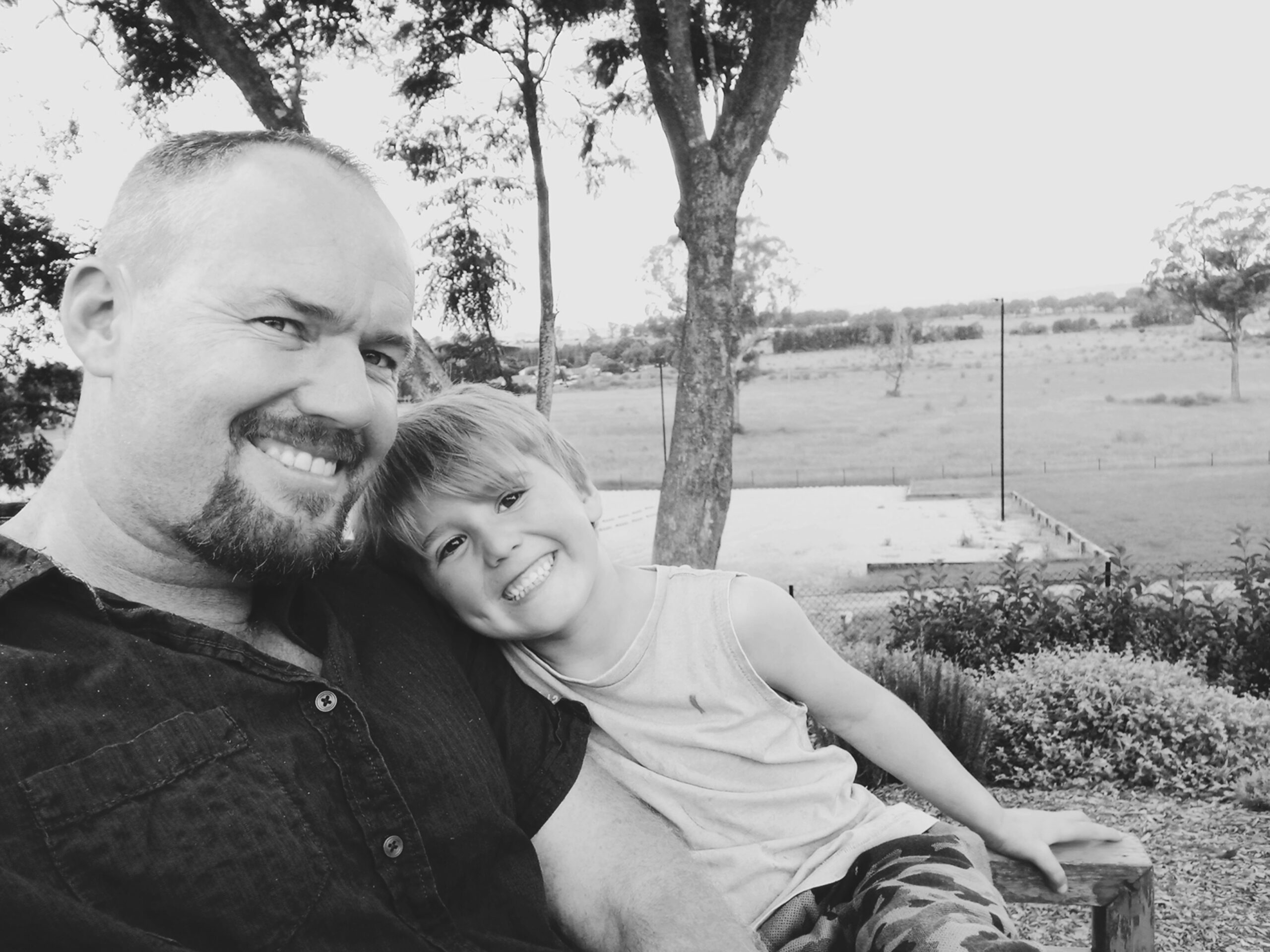
I am a father of 5 wild and awesome kids. and the creator of the IRON FATHER. This is a blog about self reflection and fatherhood, and striving to become better. From one father to another, we can all seek improvment and forge ourselves into the legend that our kids deserve.
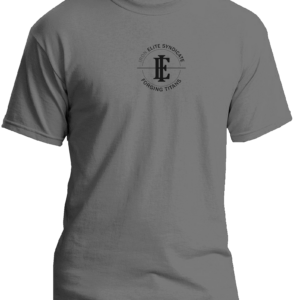

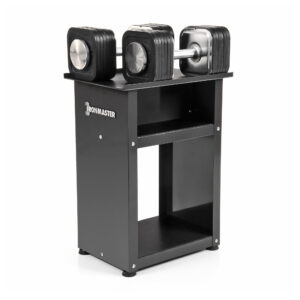

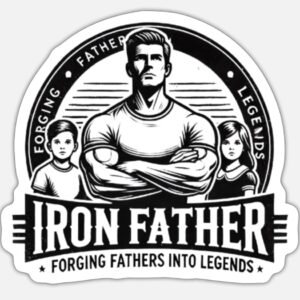
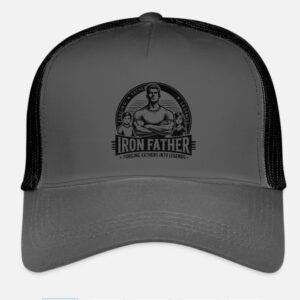

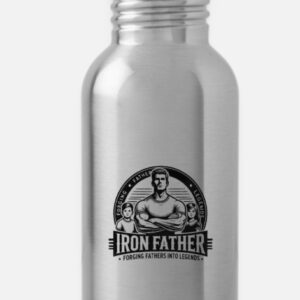
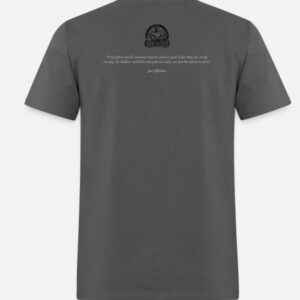
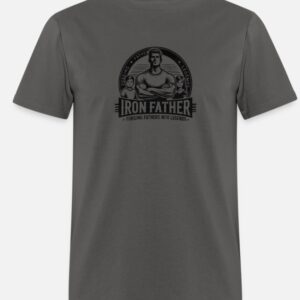

IRON FATHER is a brand dedicated to empowering fathers to embrace their roles with strength, resilience, and active engagement in their children’s lives.
© All Rights Reserved IRON FATHER 2024.
This is a demo store for testing purposes — no orders shall be fulfilled. Dismiss